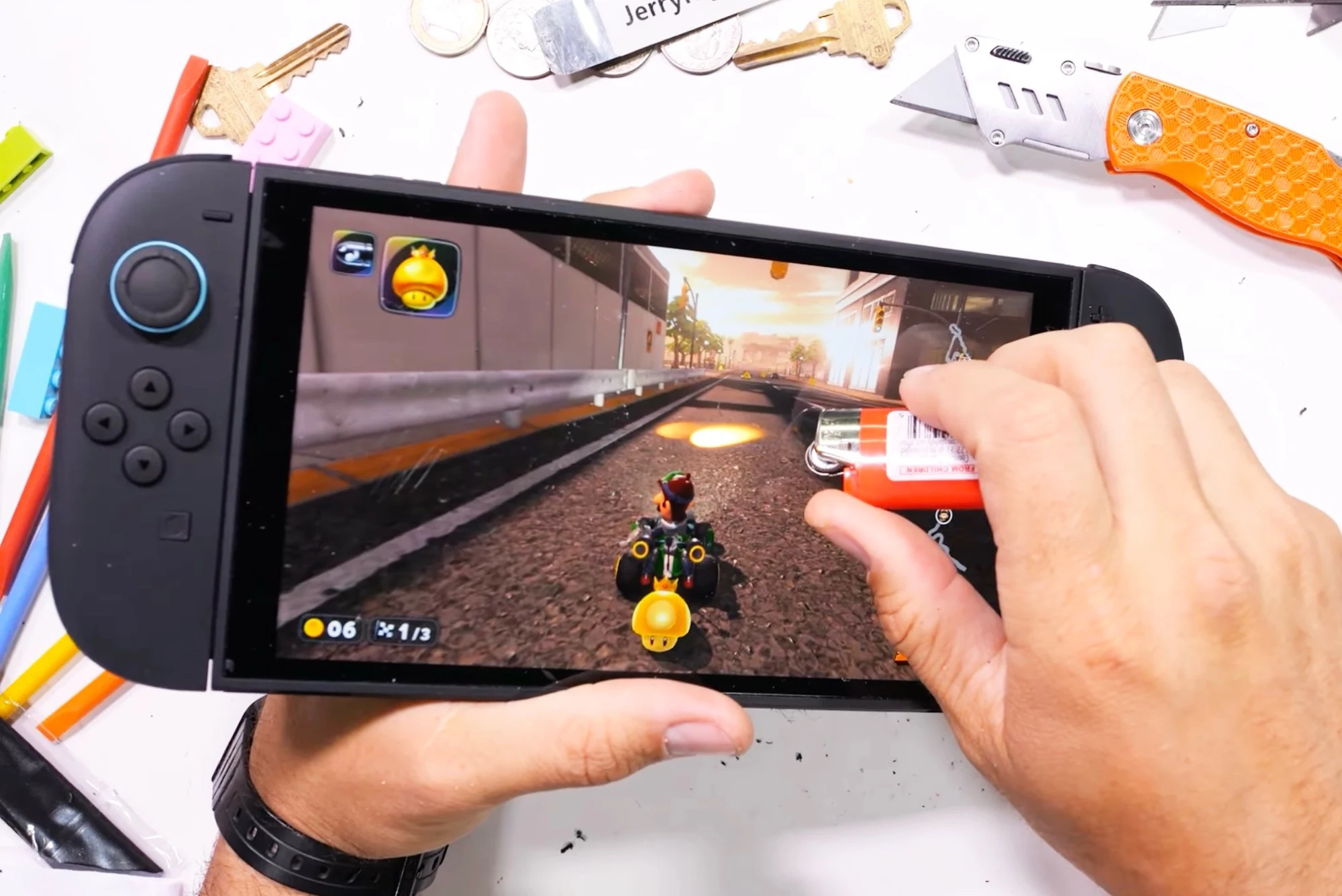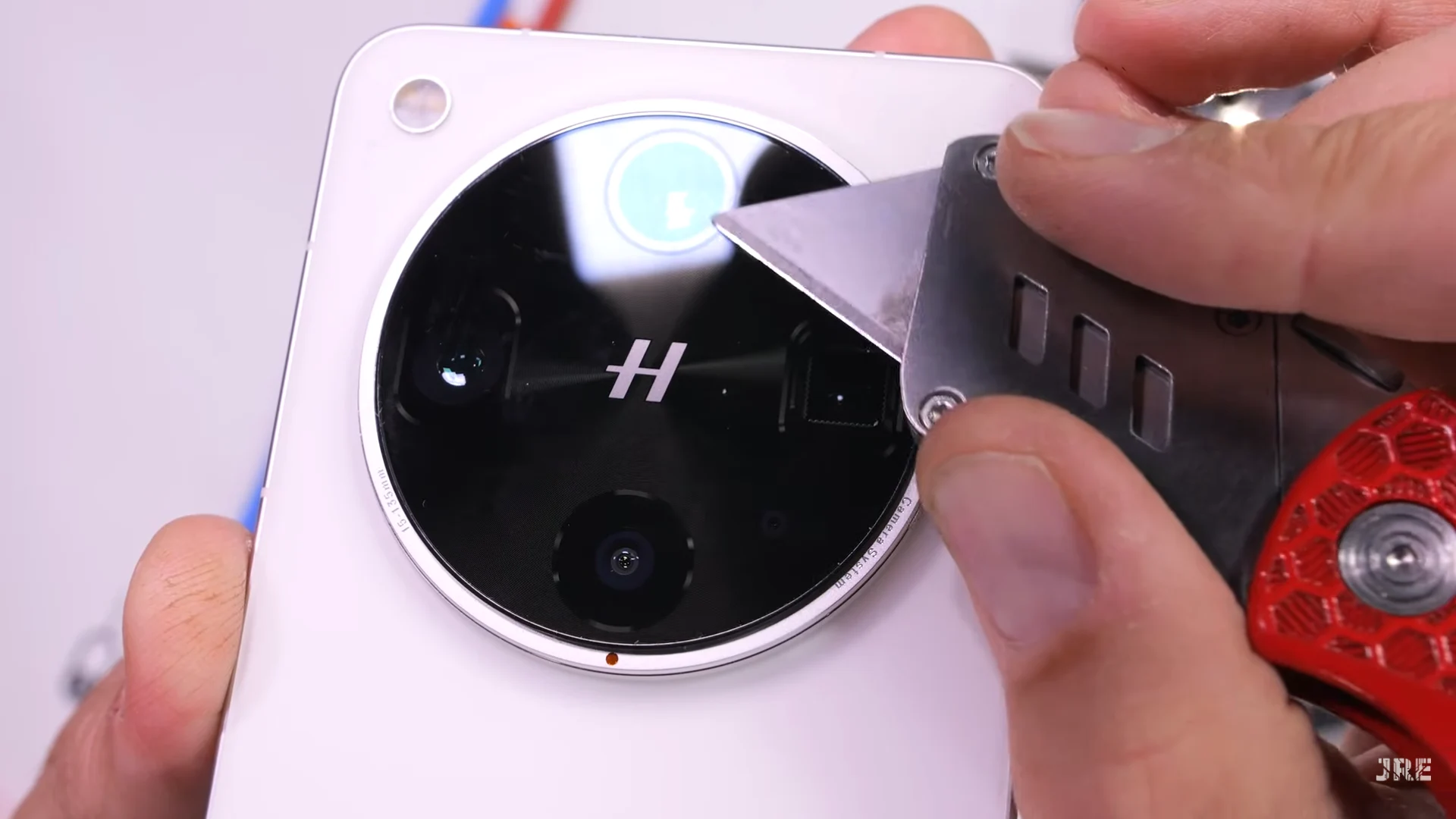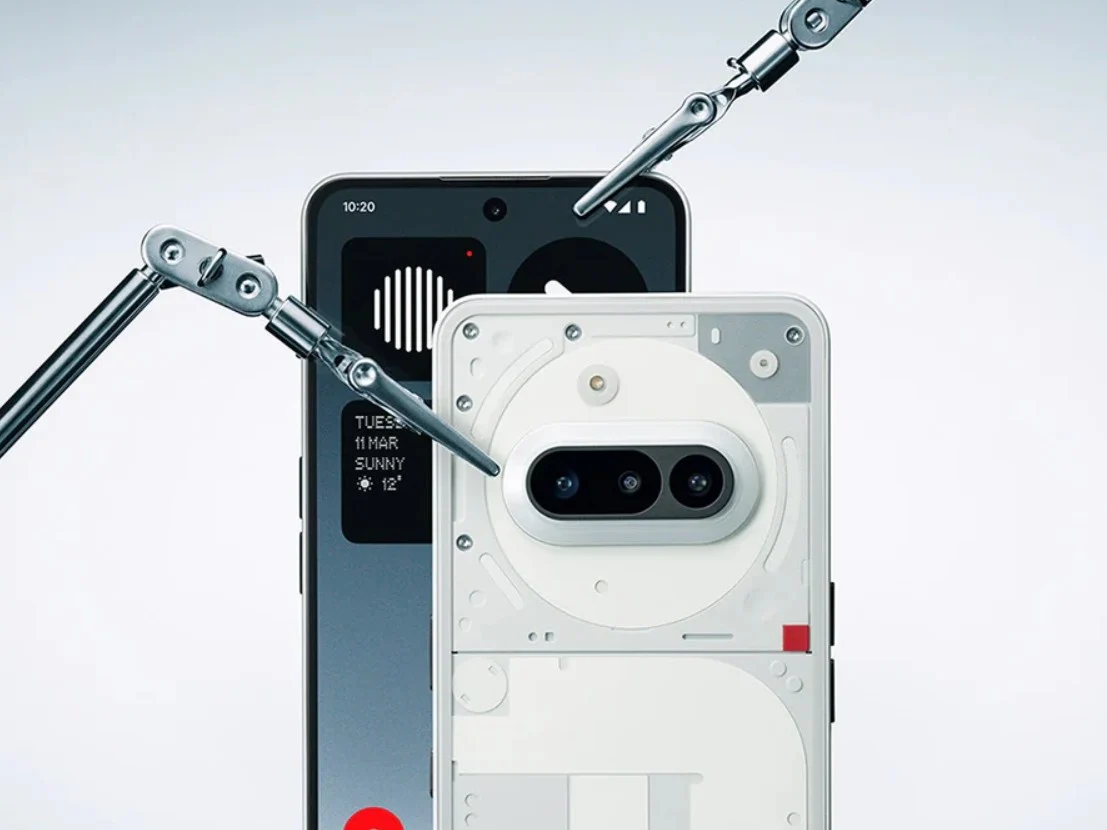Key Takeaways
1. The Samsung Galaxy Z Flip 7 successfully passed JerryRigEverything’s torture tests, showing durability despite some flexing and scratches.
2. The outer display features Gorilla Glass Victus 2, scoring a scratch level of 6, while the inner display is more susceptible to scratches starting at level 2.
3. In burn tests, the outer display endured flames for over 20 seconds with minor damage, while the inner screen showed permanent burn marks after 15 seconds.
4. The Z Flip 7 has an IP48 rating for dust resistance and continued to function after being exposed to dirt, although it made creaking sounds.
5. During the bend test, the device bent without breaking, indicating improvements in Samsung’s hinge design compared to previous models.
Shortly after the Samsung Galaxy Z Fold 7 grabbed attention for its strong hinge and passing JerryRigEverything’s ‘bend test’, the newly introduced Z Flip 7 appears to be following in the footsteps of its older counterpart. In the latest video from the YouTuber, the Z Flip 7 also successfully endured his notorious torture test. While it did show some flexing, scratches, burns, and a bit of dirt, the device managed to stay intact under duress.
Scratch Resistance
The outer display, shielded by Gorilla Glass Victus 2, scored a scratch level of 6 on the Mohs scale, with deeper scratches appearing at level 7, which is on par with other high-end phones. On the other hand, the inner display, which still uses a soft polymer surface, began to show permanent damage starting at level 2. This means a simple fingernail can leave marks. Just like the Z Fold 7 (currently priced at $1,999 on Amazon), Samsung provides one free replacement for the Z Flip 7’s inner screen protector during the first year, with any additional replacements costing $20 each.
Burn Test Results
In burn tests, the outer display withstood flames for over 20 seconds with only minor damage. However, the inner screen lasted 15 seconds before it turned off, showing two lasting green burn marks afterward. Zack noted that this happened due to heat building up on the outer edges of the butane flame.
Dust Resistance
Rated at IP48 for dust resistance, the device was subjected to a full dirt shower on the hinge. Despite making audible creaks, the Flip 7 continued to operate without any signs of mechanical failure, which is a positive outcome.
In the bend test, Zack flexed the phone backward quite strongly. Although the chassis visibly bent and formed a slight kink near the antenna, it did not break or fail in any way. A second bend did result in a few clicks, but overall, the device stayed intact. Samsung’s hinge design, which allows the two glass halves to compress at the joint, appears to have improved significantly from previous models.
Source:
Link











